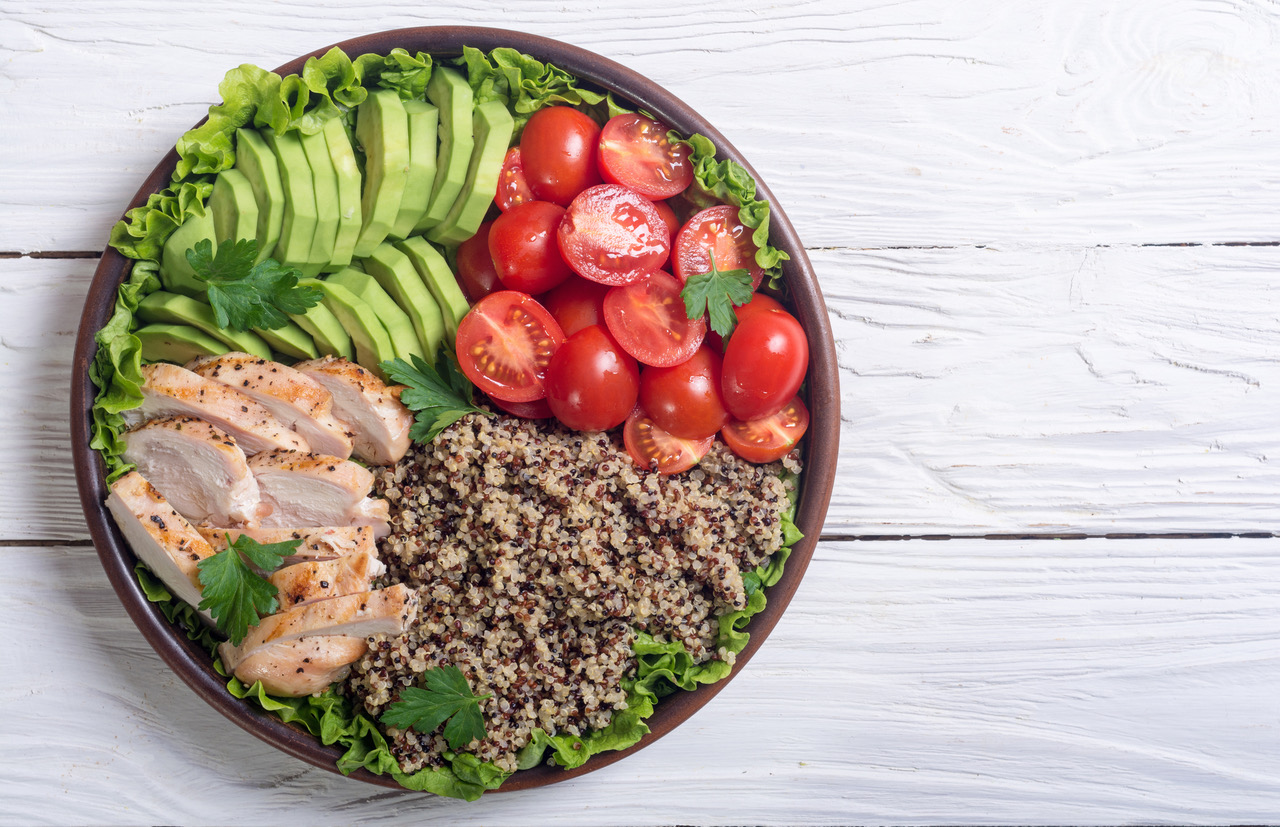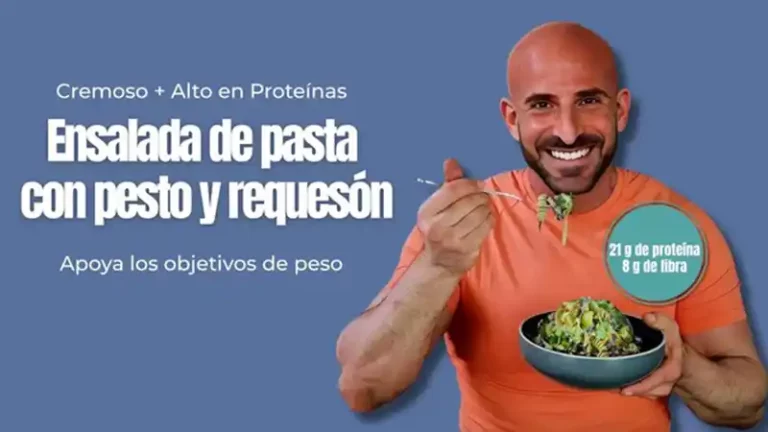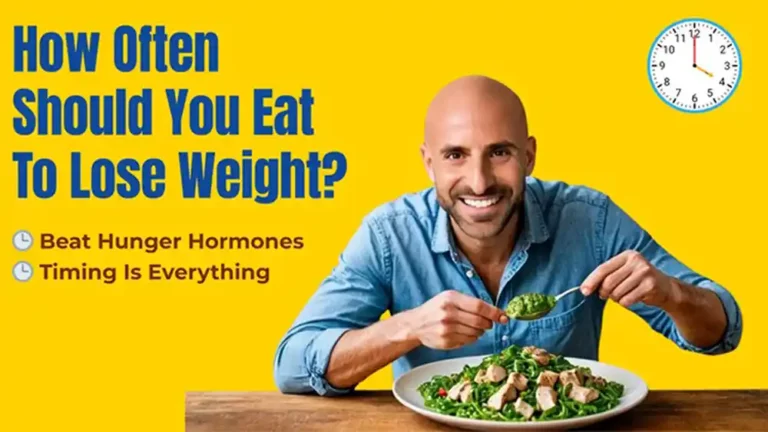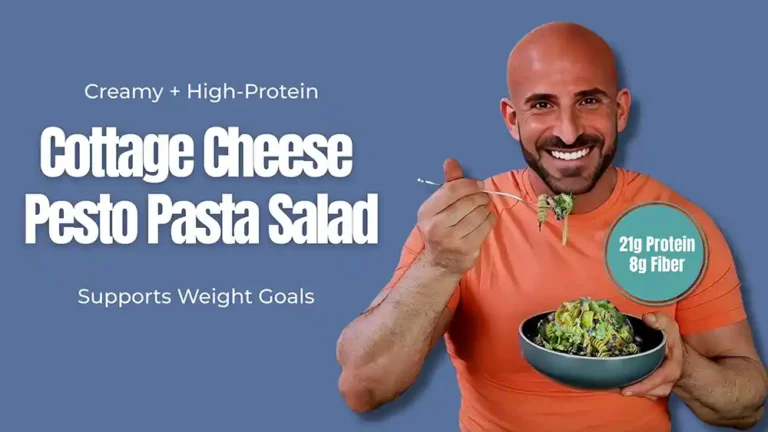My definition of healthy eating goes beyond nutritious eating. That sentence may sound strange, as the words nutritious and healthy are often used synonymously. However, to me, they are far from alike. Healthy eating goes beyond just eating organic foods and food packed with nutrients in every meal. It’s about taking the time to eat, planning your meals, shopping for and cooking your own food and being able to enjoy certain foods without guilt, even if they may not fit into what you think to be “healthy.” That’s why I preach what I call the 80-20 principle. This just simply means that you follow your plan 80% of the week and the remaining 20% you can use for social interactions or personal indulgences without any shame. After all, healthy eating is also about enjoying food with loved ones without stress as food brings people together.
This may surprise you, but the clients who come in my office don’t come because they are eating too much junk. Quite opposite actually. Since my practice is in San Francisco, a great number of people who come to me are already very knowledgeable about organic, nutritious foods. I remember this client coming to my private practice and, like everyone else, she was coming to me to lose some weight. It will come as no surprise to you that the first thing I did with this lady is go over what she was currently eating because this is usually where I find problems.
To my surprise, this particular client was eating quite better than the norm. She was proud of the inclusion of kale, coconut oil and all-organic foods in her diet, but was stumped as to why she couldn’t lose weight. To make it even more interesting, this lady was a 40-year-old, extremely intelligent CEO who was well spoken with an apparently brilliant mind. However, she could not figure out how to lose weight despite doing all of “the right things.”
So, what was happening? Well, when I broke the surface of WHAT she was eating and dug deeper into her eating HABITS, I discovered that she was all over the place. Whenever she ate meals and snacks she was always rushed, rarely ever sitting down to enjoy a meal properly. In addition to that, she rarely ever cooked for herself at home even though the foods she did get for herself were portion-controlled and sensible. Because her lack of routine she actually was eating bigger portions and always fighting hunger. Eating food full of nutrition, all organic, locally grown food is all well and good. However, her biggest problem was that she had control on what she was eating, but not how she was eating. Without planning any of her meals or having any consistency in her eating times, she was not eating healthily.
When I came to this country, I found a huge disconnect with meal times and relationship with foods. In countries like Italy, France and, yes, Peru, people take two hours on average for lunch. Here, we typically take five to ten minutes. Now, I’m not asking you to change your life and take two hours for each meal, but do take twenty minutes. Sit down. Chew your food. Enjoy it.
I’ve noticed that people are very meticulous when scheduling their meetings and calls, but rarely ever think of setting aside time for eating. Healthy eating is not just about eating foods that we know are full of nutrition. Having your bowl of quinoa with locally grown, cage-free eggs and organic avocado while you’re running out the door and driving with one hand to work is not healthy eating, because you’re not taking the time to enjoy and savor the food you’re eating. Healthy eating goes beyond nutrition content when it comes to health as well as weight loss.
Studies show that your brain doesn’t register what you ate when you eat in a rush and don’t take the time to savor your food. Therefore, you’re rarely ever satisfied after eating a meal this way. Not only is this a psychological setback, but can hinder weight loss because you may start seeking out more sugary or other less healthful foods to get that satisfaction. I had a male client once who never even considered that prioritizing a lunch time as a key factor for his weight loss. He was similar to my CEO: eating nutritious foods, but with zero routine and eating times all over the place. Therefore, his hunger hormones were out of the control and he was always overeating. So, we decided he would schedule himself to have lunch sometime between 12-1:30pm. By using a range, he was able to fit this into his busy schedule while still holding himself accountable and guess what? With a consistent lunch time, he was able to control his hunger and start losing weight.
When I think about how many clients come to me with stories of living on lettuce or diet bars or protein shakes, I feel sad for them. I understand how desperately they desire to lose weight, but in the process, they haven’t allowed time to actually eat properly and they have robbed themselves of any pleasure from one of life’s greatest gifts. In fact, I have clients who describe feeling “at war” with food or being in “food jail.” What a sad way to live. Then there are clients like those described who are on the other end of the spectrum: they brag about all of the kale, quinoa, gluten-free, locally grown and organic foods they eat. However, this means nothing to me when I hear it, because usually they are completely missing the other piece of eating mindfully and with purpose.
So many times people are focused on what they should be eating and believe that is enough. However, it’s the how and when that will get you to the finish line. Having the what, how and when all in balance is what I define as healthy eating. Nutritious eating, or just eating nutritious foods, is only a piece of the puzzle.






